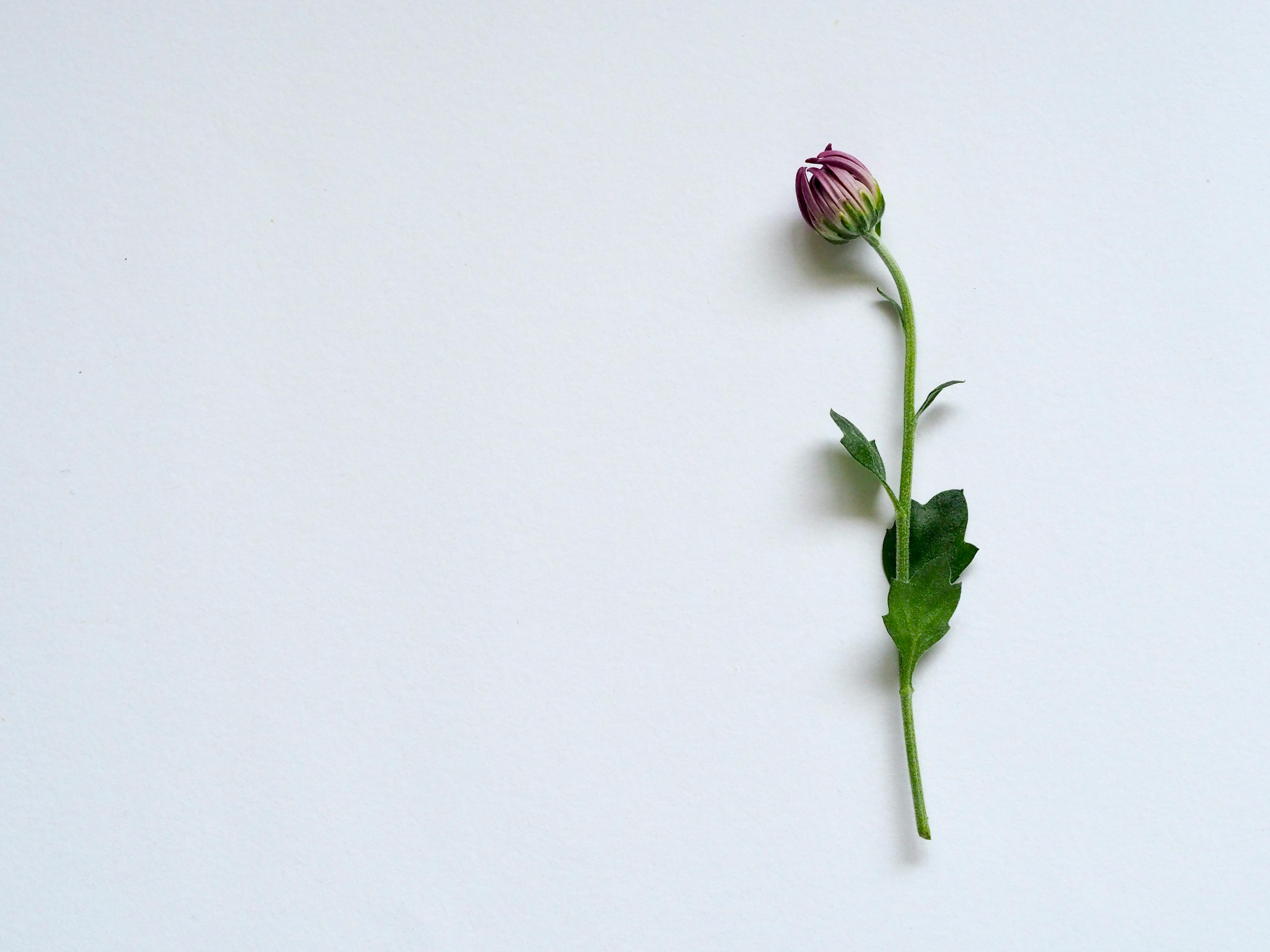Look, I'm going to keep it real with you. Most brands on Pinterest are like those guys in my DMs—desperate, boring, and completely missing the point. They drop the same tired content everyone else is posting and then wonder why they're not getting any attention.
That's not how you win on Pinterest. Not even close.
Let's Cut the BS About Pinterest Strategy
I've always been into things that other people don't fully understand. There's something powerful about knowing what works when everyone else is clueless. Pinterest is exactly that kind of misunderstood platform—it's not just another social media channel, it's a completely different beast.
While Instagram is about showing off what you're doing right now (trust me, I know a thing or two about that), Pinterest is where people go to figure out what they want to do next. It's the difference between "look at my beach body" and "how do I get a beach body?"
See the difference? One is about showing off. The other is about transformation. And transformation is where the real money is.
Plant the Right Seeds and Watch Them Grow
I don't have time for strategies that don't deliver results. That's why the Pinterest seed approach is the only one that makes sense to me. Here's how it works:
You don't just post content on Pinterest. You plant seeds that grow over time.
A typical Pinterest seed takes 60-90 days to fully bloom. That means what you pin today won't hit peak traffic for 2-3 months. Most brands can't handle that kind of delayed gratification. They want results now, so they quit before their seeds have a chance to grow.
That's fine with me. More traffic for those of us who understand how this really works.
The Hot-to-Cold Pin Strategy
I approach Pinterest the same way I approach dating—I'm not interested in being lukewarm. Either burn hot or play ice cold. The middle ground is for people who don't get noticed.
Your Pinterest strategy needs the same contrast:
The Hot Pins
These are your attention-grabbers. They're bold, slightly controversial, and impossible to scroll past. They're the pins that make someone stop and say "Wait, what?"
Examples of hot pins:
- "The Pinterest Strategy That Got Me Banned (Before It Made Me $50k)"
- "Why I Stopped Following Every Pinterest 'Best Practice'"
- "The Ugly Truth About Pinterest That No One Talks About"
Hot pins get saved like crazy. They create immediate interest. But here's the secret—they're not supposed to drive immediate traffic. They're attention magnets that pull users into your world.
The Cold Pins
These are your conversion machines. They're straightforward, practical, and packed with specific value. They don't try to be sexy because they don't need to—they solve real problems.
Examples of cold pins:
- "5-Minute Pinterest Template That Converts"
- "The Exact Dimensions For Every Pinterest Image Type"
- "Pinterest Keyword Research Checklist (Free Download)"
Cold pins might not get as many saves, but they drive serious traffic and conversions.
The magic happens when you alternate between hot and cold. You need both. One without the other is like trying to be famous without being willing to be interesting—it doesn't work.
Seasonal Dominance: Own Your Corner of Pinterest
Look, I don't try to be everything to everyone. I know what I'm good at and I lean all the way into it. Your Pinterest strategy should do the same.
Don't try to compete in every category. Pick your season and absolutely dominate it.
If you sell beach products, don't waste your time trying to compete during Christmas. Own summer planning season instead. Start pinning summer content in February—yes, February—when all your competitors are still focused on Valentine's Day.
By the time April hits and people start seriously planning summer, your pins will already have authority in the algorithm. You'll be everywhere while your competitors are just getting started.
This is exactly how I approach my career. I don't try to take every role. I pick my projects carefully and then commit completely. Do the same on Pinterest.
The 30/60/90 Day Traffic Machine
Want to know exactly how to structure your Pinterest calendar for year-round traffic? Here's my formula:
90 Days Out: Plant Your Base Seeds
These are your foundation pins. They should focus on the "why" behind what you offer.
If you're a swimwear brand, your 90-day pins aren't about specific products. They're about the lifestyle, the confidence, the transformation. Think: "How to Feel Unstoppable in a Swimsuit This Summer"
Plant these seeds 90 days before your peak season. They won't get huge traction immediately, but they'll start building authority in the algorithm.
60 Days Out: Show the Possibilities
Now you start introducing more specific content, but still keeping it broad enough to capture different interests.
This is where you show the range of possibilities. "10 Swimsuit Styles That Are Trending This Summer" or "Which Swimsuit Style Matches Your Personality?"
These pins start getting more saves and create anticipation for what's coming.
30 Days Out: Get Specific and Actionable
Now you can get product-specific and action-oriented. This is where you start driving serious traffic.
"The Exact Swimsuit You Need Based On Your Body Type" or "Shop Our Top 5 Bestselling Swimsuits Before They Sell Out Again"
These pins convert browsers into buyers because you've already built the foundation with your earlier seeds.
The best part? While everyone else sees Pinterest as a seasonal platform, you'll have traffic year-round because you're always planting seeds for the next season while harvesting traffic from the current one.
Stop Trying to Be Perfect and Start Being Interesting
Here's what annoys me most about brands on Pinterest—they're so boring. Everything looks the same. The same templates, the same fonts, the same safe approach.
Do you know what performs better than perfect, polished pins? Pins that provoke an emotion. Pins that make people feel something.
I'd rather post a pin that makes 50% of people love it and 50% hate it than one that makes 100% of people feel nothing.
The Pinterest algorithm rewards engagement—any engagement. A pin that gets saved, commented on, and clicked will always outperform a "safe" pin that generates no reaction.
This doesn't mean being controversial for the sake of it. It means having a point of view and not being afraid to express it. It means showing off what makes your brand different instead of trying to blend in.
The Depth Strategy That Pinterest Rewards
Most brands go wide on Pinterest, creating hundreds of average pins that cover every possible topic.
I go deep instead. I'd rather have 10 incredible pins about one specific topic than 100 mediocre pins about everything.
When you go deep on a specific topic, Pinterest starts to see you as an authority. The algorithm begins to understand exactly what your brand is about and who should see your content.
Pick your niche, own it completely, and watch as Pinterest starts to push your content to exactly the right audience.
Beyond Basic Metrics: What Actually Matters
Everyone obsesses over followers, monthly views, and basic engagement stats. That's like judging an actress solely by how many Instagram followers she has instead of her actual performances.
Here are the Pinterest metrics that actually matter:
1. Pin Half-Life
How long does your average pin continue driving traffic? The longer the half-life, the more sustainable your Pinterest strategy.
Average pins have a half-life of about 3-4 months. Exceptional pins can drive consistent traffic for 2+ years.
2. Save-to-Click Ratio
This measures how effectively your pins convert from saves to clicks. A high number of saves with few clicks means your pins are interesting but not compelling enough to drive action.
3. Session Duration from Pinterest Traffic
How long do Pinterest visitors stay on your site? Longer sessions indicate higher intent and better pin-to-website alignment.
4. Return Visitor Rate from Pinterest
What percentage of your Pinterest traffic comes back a second time? This measures how well you're building relationships, not just driving one-off visits.
These deeper metrics tell you whether your Pinterest strategy is building a sustainable traffic engine or just creating fleeting interest.
Do This Now: Your 7-Day Pinterest Reset
I'm not about wasting time, so here's exactly what you need to do in the next week to transform your Pinterest approach:
Day 1: Ruthless Board Audit
Delete or archive any boards that aren't directly related to your core topics. Pinterest rewards focus, not random collections.
Day 2: Create Your Cornerstone Pins
Develop 5-10 extremely high-value pins on your absolute core topics. These are your foundation seeds.
Day 3: Implement the 30/60/90 Calendar
Map out exactly what content you'll need for the next 90 days based on upcoming seasons and trends.
Day 4: Develop Your "Hot" Pin Concepts
Brainstorm 10 attention-grabbing pin concepts that will stop scrollers in their tracks.
Day 5: Create Your "Cold" Conversion Pins
Design 10 straightforward, value-packed pins focused purely on solving specific problems.
Day 6: Optimize Your Pin Destinations
Make sure every pin leads to a page specifically designed to receive and convert Pinterest traffic.
Day 7: Set Up Proper Analytics
Go beyond basic Pinterest analytics and set up tracking for the metrics that actually matter.
The Truth About Pinterest Success
Look, I could sugarcoat this, but that's not my style. Pinterest success doesn't happen overnight. It takes consistent effort and the right strategy.
But unlike platforms that require you to constantly feed the algorithm (I'm looking at you, Instagram), Pinterest rewards you long after you've done the work. Pins I created 3 years ago still drive traffic to my projects today.
That's the power of planting seeds instead of just posting content. You're building a traffic ecosystem that works for you 24/7, 365 days a year.
Most brands will never figure this out. They'll keep treating Pinterest like every other social platform and wondering why they're not seeing results.
But you're not most brands. You understand that Pinterest isn't about what's happening now—it's about what's coming next. And when you position your brand as the answer to what's coming next, you win.
So stop posting. Start planting. And watch as your Pinterest traffic blossoms year-round.
Ready to transform your Pinterest strategy but need expert help? Contact our agency for a Pinterest audit that will reveal exactly what seeds you should be planting right now.


